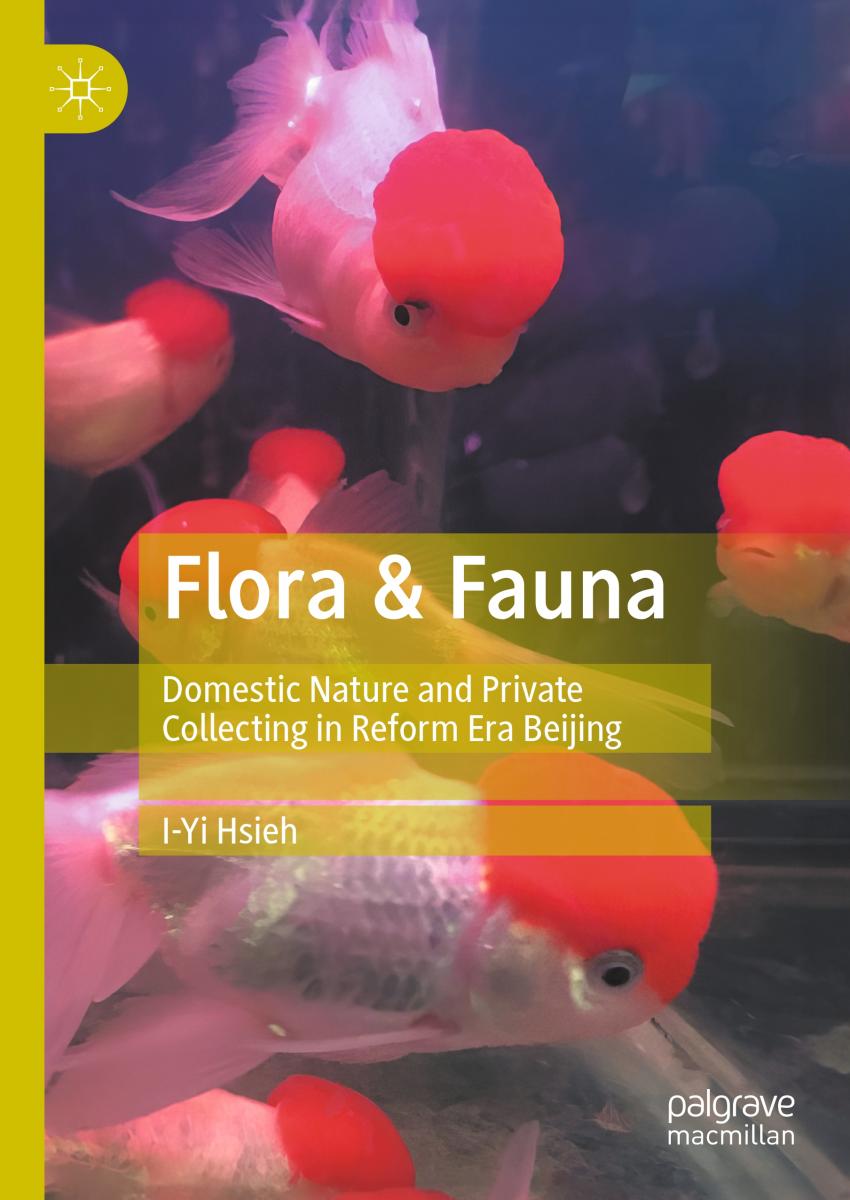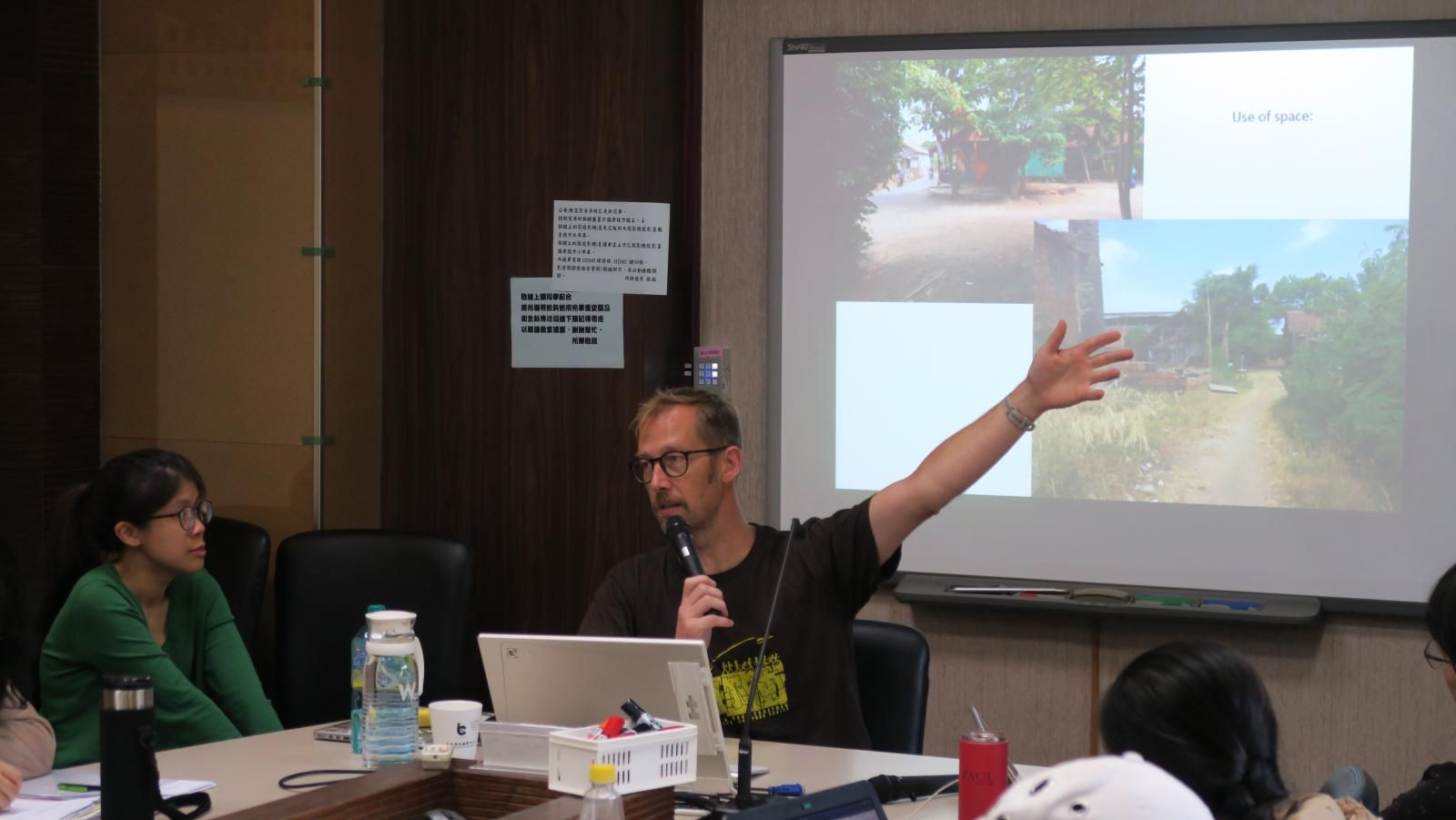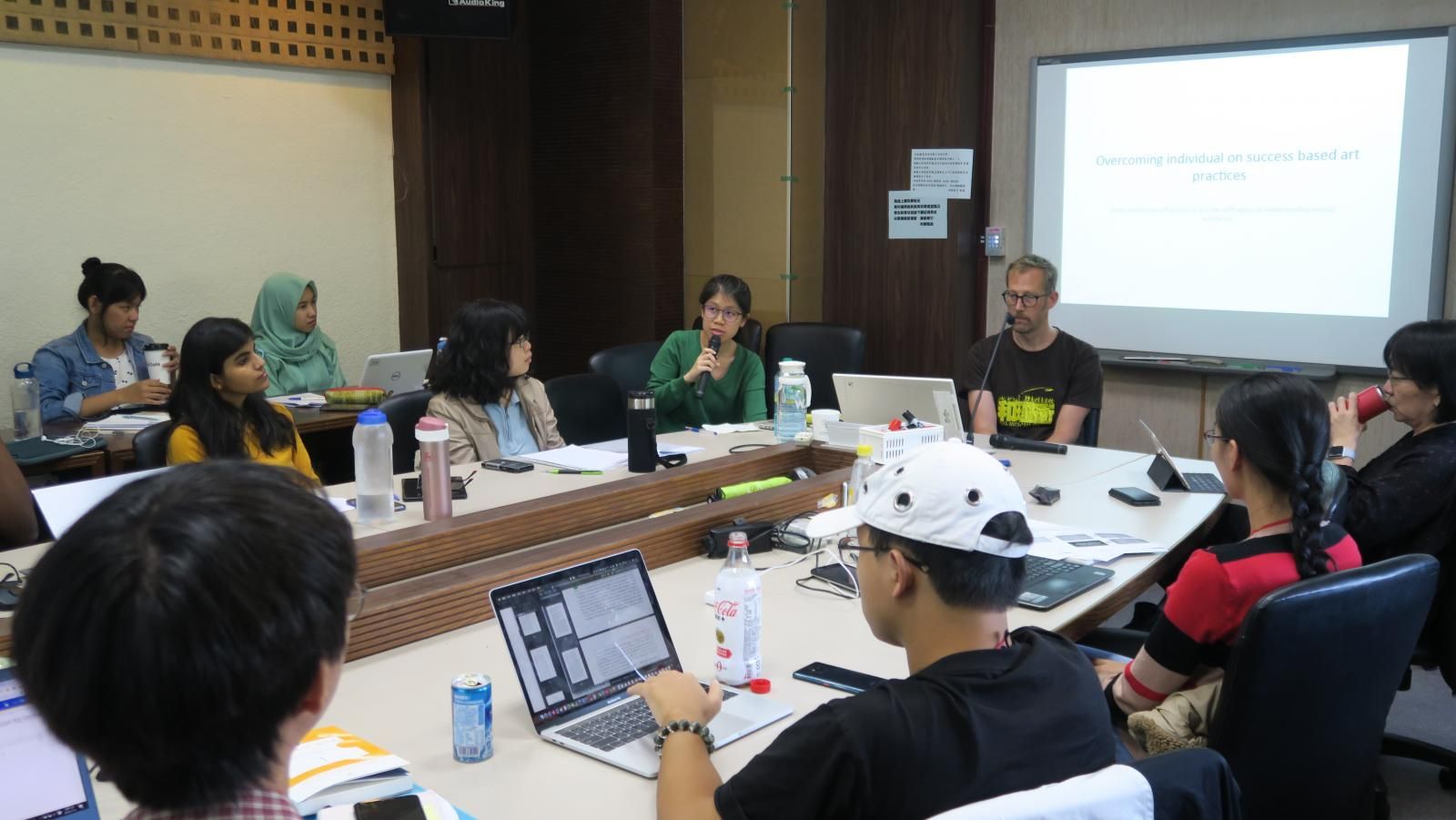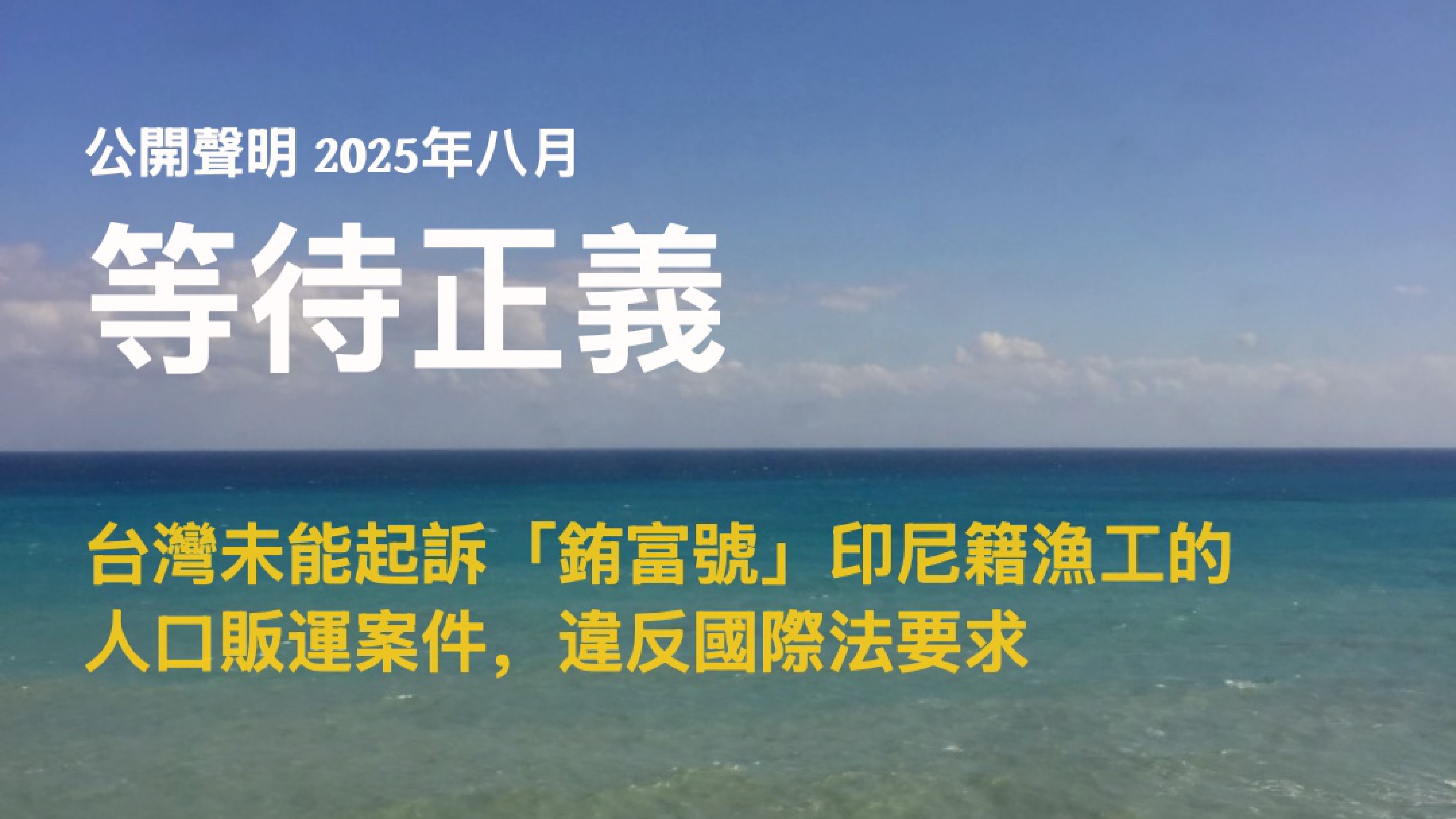

近期出版 Recent Publication

Flora & Fauna: Domestic Nature and Private Collecting in Reform Era Beijing
moreIndonesia Art Practices Summary Essay
2019-11-27
SUMMARY ESSAY (Guest Lecture, 11th November 2019)
Overcoming the Individual in Success Based Art Practices: Indonesian Art Practices and the Difficulties of Understanding Mutual Assistance
Speaker: Reinaart Vanhoe
By Maria Auxiliadora Rahaditya and Elizabeth Ditmanson
1st Year Graduate Students of IACS-UST International Master’s Program in Inter-Asia Cultural Studies, University System of Taiwan
Speaker’s Background
Reinaart Vanhoe is an artist-researcher from Belgium currently based in Rotterdam, the Netherlands. His background is in fine art and experimental films. He grew up in the context of Avant-Garde art and alternative art spaces. He has been teaching at Willem de Kooning Academie for seven years. His practice consists of research-based activities that have been translated into books, exhibitions, installations and films. In 2015, he published a book called Also-Space, From Hot to Something Else. The book is mainly about Jakarta-based initiative group called Ruang Rupa, who will be the first artist collective to host the documenta 15 exhibition, and other artists such as Wok the Rock, Jatiwangi Art Factory (JAF), and many more. His focus now is on the concept of neighboring and how to speak and build together.
Introduction
On Vanhoe Art Practices project in Indonesia, he aimed to learn how we together can build the society we believe in, through sharing the knowledge we have in particular subjects and being familiar with the subject we’re talking about, instead of just criticizing. He particularly valued Indonesia as his research environment because of the differences in approaching the matter of contemporary art, such as the concept of mutual assistance, which translates in Indonesian to Gotong Royong. Gotong Royong is a traditional activity in Indonesia that up until today is still practiced when residents in a village gather to help clean their environment. The words themselves originally come from Javanese, Gotong means carrying and Royong is together. Thus, in a simple way, it means ‘carrying together’. Vanhoe views himself as a simple artist, who emphasizes that arts need to be connected to what they depict or talk about; in particular, art needs to be connected to ‘citizen-scene’. There are several other main concepts that Vanhoe raised which will be explained further on in this paper.
Neighboring
“How to understand art from a citizen-scene as opposed to art for an art-scene or culture-scene of a certain educated class”
This concept is basically about human interaction. It comes from the perspective of looking at how, in everyday life, we are engaging with different kinds of people with different kinds of education. Neighbors are not necessarily defined by physical or geographical space. Communities can be formed around things as simple as sharing experiences like wearing the same brand, being part of the same class, and many more. Sometimes it’s something we are unknowingly a part of. Vanhoe emphasizes how important it is to be able to speak together and build together with your neighbor, who might have the same energy as you, because it can make society stronger.
In Indonesia, there is Jatiwangi Art Factory or JAF located in Jatisura, Majalengka, West Java. It is a non-profit organization that focuses on rebuilding local life through art. It was known before as the center of roof tile industry, but business went down after the economic crisis, so one of the owners of the factory rebuilt the neighborhood through art, which was successful nationally and internationally. Now the project is starting to lose energy because the area is changing dramatically as a result of the new Jakarta-Majalengka highway and international airport. Vanhoe emphasizes that to be able to rebuild the community, we need a shared energy, and to know how to collaborate together we need to find people with the same energy, and who are willing to share this energy.
In some ways, defining neighbors and shared energy in Indonesia has other layers. As voiced by some people in the post-talk discussion, tension and a sense of distance or unfamiliarity often exists between different communities in Indonesia, particularly in relations between religious or ethnic groups. While ‘energy’ of one type or another might be shared, sometimes locating and identifying points of common ground or understanding is an important first step. This has to be remembered when thinking practically and sensitively about how people from different backgrounds can practice neighboring in Indonesia.
Use of Space
“My space is also your space; it is not my private space”
Vanhoe believes this is an important and distinguishing feature of Indonesian art, that they share their so-called “private space” with other people. Vanhoe also called this an attitude because of the way you let someone else use your free space. This is actually a common practice in Indonesia, and many people’s house fronts are shared with their neighbor, so it is ‘free’ to use from both sides. Indonesian people are also used to living in small areas, so when someone parks their car or motorcycle in front of another person’s house, it is normal. This is related to the term ‘numpang’ which refers to a host providing a guest with hospitality for free. It is an important concept to working together in communities and art.
In discussing ‘spaces’ in Indonesia, Vanhoe also indicated the importance of ‘alternative spaces,’ which are important for the arts but have also sometimes become mainstreamed. He suggests that ‘alternative spaces’ work to dissolve ‘cynical spaces’, and that these could be a place to move away from a monocultural norm towards more diversity. In some senses, Vanhoe sees Indonesian art and community spaces as potential places to develop this idea. While creating spaces for diversity and multiculturalism is hugely important, it is also crucial to shift our thinking and language away from these types of spaces as ‘alternatives’ to some other norm. In diversifying our understanding of ‘space’ for arts and community practices, we must also be careful to respect the complexities of cultural spaces and activities without simply labelling them as ‘alternative.’
Jatiwangi Cup
This is a body building competition for old tile industry workers, where the individual winner’s respective factory will have responsibility for organizing the competition the following year; it has become an annual activity now. Many Indonesian communities arise from this kind of activity because it is part of local culture to gather together in a neighbor’s house, to drink a coffee while having a simple talk, play cards together, etc. It is also considered normal when they meet up with each other for no apparent reason. Vanhoe mentioned how nongkrong can explain this kind of activity.
Speaking of nongkrong, this is one common Indonesian activity that one finds people doing everywhere, anytime. It may make you wonder “how do they have so much free time?” but this is derived from their principle called kekeluargaan, which has become part of Indonesian culture. It emerged because they like to interact with people; they also care about people around them or even strangers. They believe every Indonesian is part of their family and friends, so it leaves ‘no space’ between them. This is one of the reasons why in Indonesia creating community is as simple as two strangers sitting together drinking coffee.
The important point of this concept is that both the arts world and individual communities can learn from this approach, where governments or organizations aren’t needed to define community-building activities, but that these could come from the society within.
Lifepatch
Lifepatch is a citizen initiative in art, science, and technology which consists of eleven people based in Yogyakarta, Central Java. What we can learn from this group is how we as artists and communities can work together as a group. This doesn’t necessarily mean that we have to work all the time as a group, but what makes their approach valuable is how they distribute the work. It is very effective because everyone can focus on their own expertise and their own project. It teaches us how to balance out agreements and disagreements and build trust between artists. Sometimes, collective intelligence doesn’t always mean that their practices (or projects) will overlap from each other. Lifepatch can put forward their member’s individual strengths, and this leads to collaborative strength as each member has different practices which co-exist next to and through each other.
Understanding Mutual Assistance
“If I take care of you, others will take care of me”
In this concept, collective intelligence is important. When you are interacting with others or in a group or community, it is important to also consider others’ thoughts. What makes this concept interesting is Vanhoe’s perspective that collective intelligence isn’t just about humans, but also nature and other organisms around us. If we can abandon the nature-culture classification, then maybe it is also possible that nationality can be dismissed, so that there will be no issues of race.
Working with others in a community also means learning to value the unvalued intelligence such as rural knowledge and supranatural knowledge. Vanhoe gave the example that this is like studying a temple. Neighboring countries around Indonesia might also have temples but it is important to understand the differences in how they are used. This is a way to incorporate forms of knowledge, that are currently under-valued in many artistic spaces and communities.
Conclusion
Talking about concepts or practices, it is important to think about whether it’s actually practical or not. Vanhoe has been trying to rehearse some of these practices in his life. He recently bought his own house in Rotterdam and created an open space for anyone who wants or needs to use for free or through voluntary donation. It is a significant changing of mindset to let your ‘private’ space transform into a free space. In building a community, he also learned to create comfort by regularly inviting people in his neighborhood to his house so people can feel they’re being accepted, and when these people share their stories, it can form into energy. This is what he meant by sharing energy. Vanhoe acknowledges that interacting with people is not easy. He also recognizes his privilege as a white man, that it could be easy for some people but for most people it is hard. But it is necessary to learn to find connection and find people who want to share their energy and try different way in understanding the community.
Indonesia has thousands of islands, and Vanhoe focuses mainly on Java and Bali Island, as he knows these islands as a representation of Indonesia. This happens because Java is the most populated island in Indonesia and the location of the central government, so many people migrate from other islands to Java, while still strongly attached to their original culture. While Bali, the only province in Indonesia where the predominant religion is Hinduism, is known as one of the places that is tourist-friendly. Balinese culture still adheres strongly in its community so that it attracts many foreign tourists. Even though Java and Bali only can represent ten percent of Indonesian culture, in general, Indonesians take their art practices very seriously. At school, children from a young age until they graduate from high school are required to learn about traditional dancing, songs, martial arts, and language of each region. So aside from creating new art practices like the one Vanhoe has described, most of Indonesian art practices are taught for generations.
The use of space concept is also important to point out, but there are many difficulties in doing this, even for Indonesians themselves. One of the main ‘tricks’ to make it applicable is that both host and guest have awareness of any consequences that might occur, either negative or positive, and know how to position themselves in the community. I must mention that Indonesian society is complicated, and for foreigners, you need to make sure you know what you are doing before actually interacting with its people. For Indonesian people, norm and manner is crucial for the society. It becomes complicated as this is not introduced explicitly and everyone has different values. When a host voluntarily offers their space for a guest, they indirectly expect the guest know these norms and manners. Some examples include that, if the guest stays overnight, he has to wake up before the house owner wakes up. He has to help out with the dishes if the host gives him food, or they might expect him to interact with everyone in the house. So in Indonesia, it is important to create energy that suits everyone.
In some ways, these difficulties and complexities also emphasize how difficult it is to define Indonesian culture in ways that can be replanted in other places. History and social context are very important in our understanding of art, sharing spaces, and communities in Indonesia. Individual or local experiences of these traditions and contexts cannot really be generalized into a single, unified concept. As such, it is difficult to represent certain practices as ‘Indonesian’ in a way that is universal. Vanhoe’s talk was an important opportunity for us to think about how to create this balance in engaging with and applying Indonesian art practices to different kinds of communities.



近期新聞 Recent News


